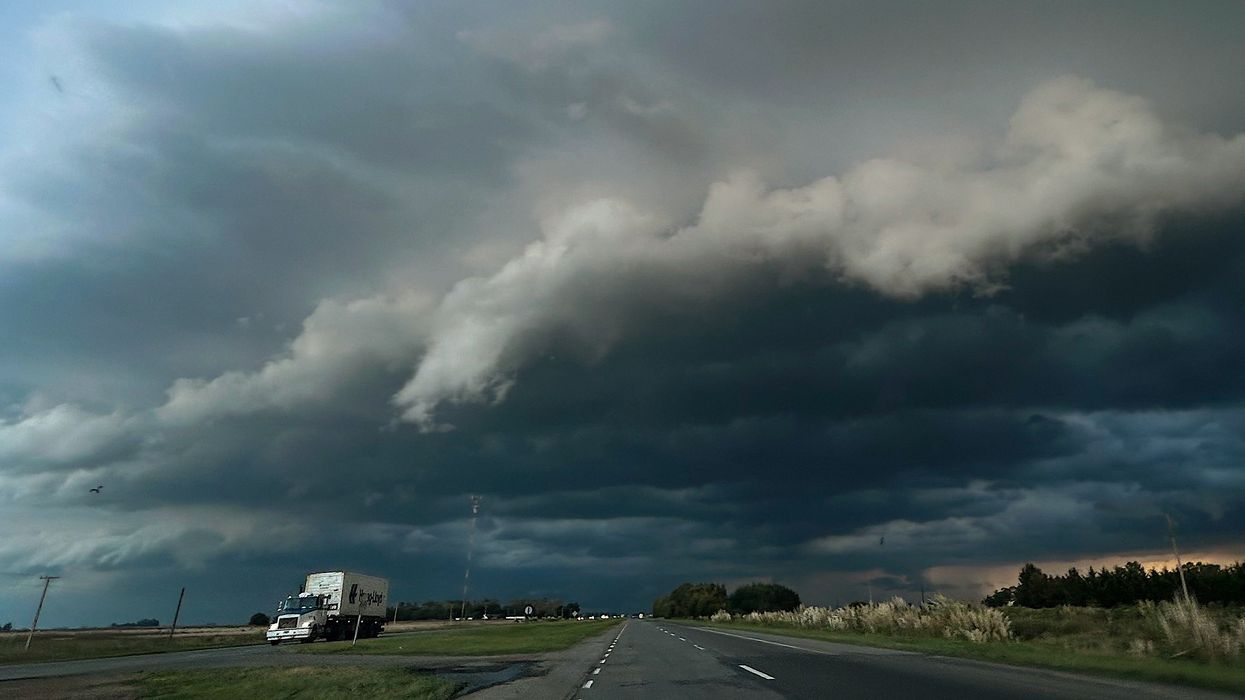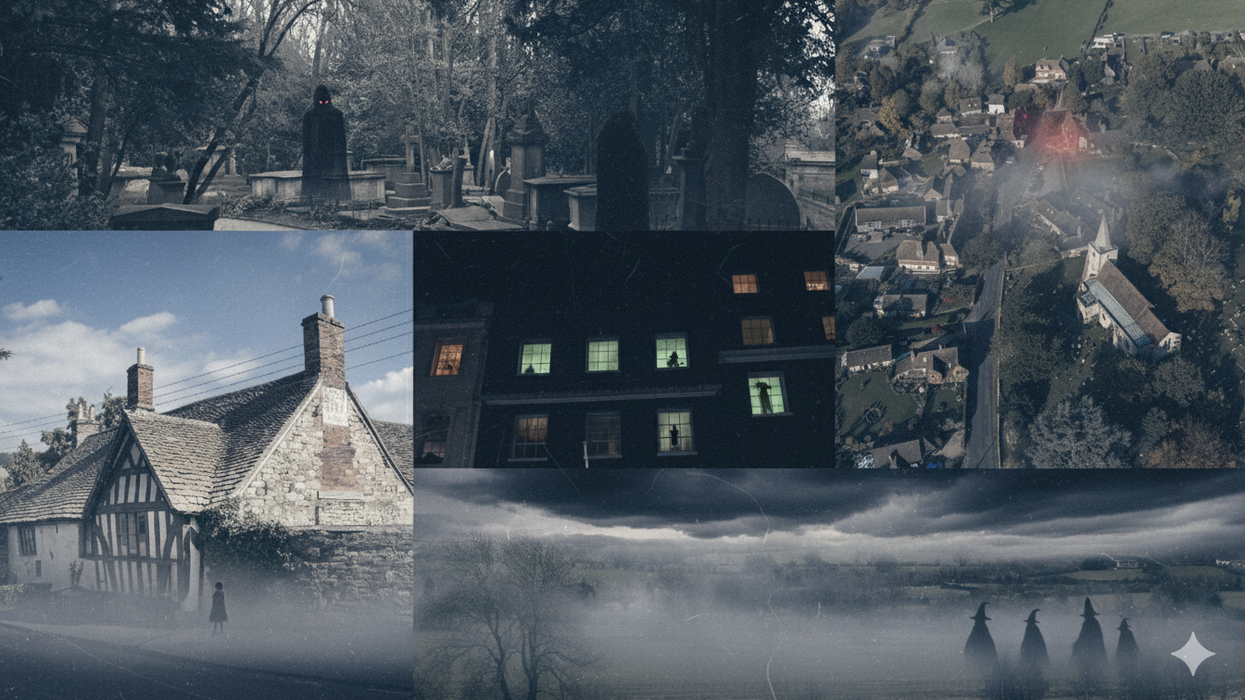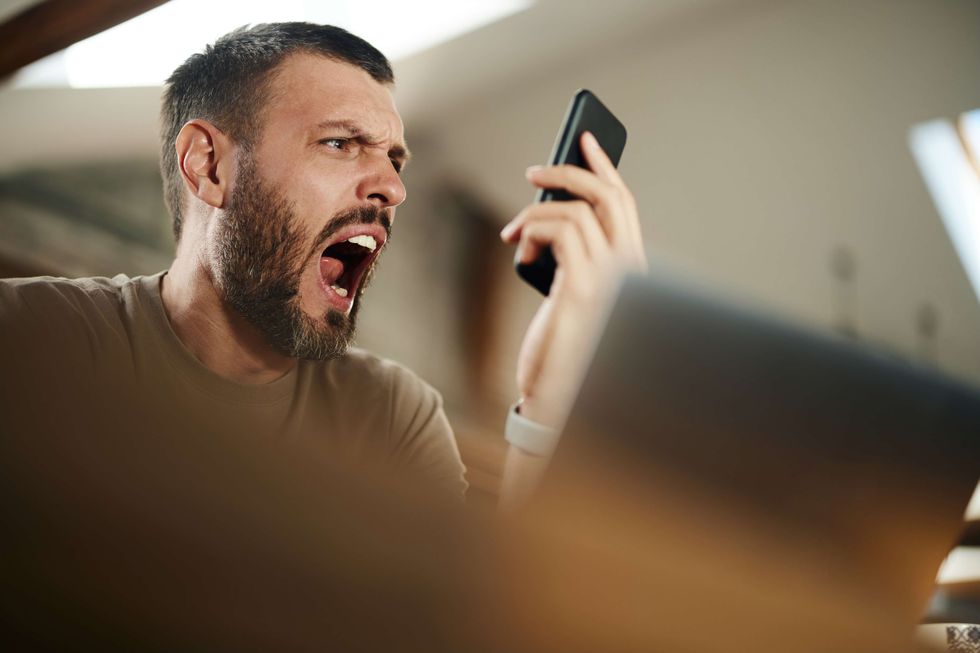Researchers have uncovered a connection between powerful clusters of winter storms in the UK and an intense swirling polar vortex miles above the Arctic. The findings, made by a team from the University of Leeds and the UK Met Office, offer fresh insights into why the UK experienced a series of severe storms within a short period in February 2022.
The cluster of storms, named Dudley, Eunice, and Franklin, all occurred within a single week and caused significant damage across the country. These storms, alongside others that followed, wreaked havoc with strong winds, heavy rain, and widespread power outages.
Published in the journal Communications Earth and Environment, the study reveals that these clusters of storms were linked to stronger-than-usual winds in the stratosphere above the Arctic. The researchers suggest that this discovery could improve long-range weather forecasting, giving meteorologists the ability to predict storm clusters up to a month in advance.
The role of the polar vortex
At the heart of the research is the stratospheric polar vortex (SPV), a large, spinning mass of cold air situated around 15 miles above the Arctic. During the winter months, this vortex becomes a dominant force in the atmosphere, and its strength or weakness can have a profound influence on weather patterns across the Northern Hemisphere, including the UK.
In February 2022, the stratospheric polar vortex was particularly strong. According to the researchers, this intensified vortex made it up to three times more likely that clusters of intense storms would strike the UK and other parts of northern Europe during that month.
Lead researcher Dr Ryan Williams, who conducted the study while at the University of Leeds, explained that the findings highlight the need for a better understanding of the different drivers behind storm activity in the North Atlantic. He also noted the potential for the polar vortex to be predicted several weeks in advance. “Being able to provide early warnings of possible severe weather is all the more pertinent with climate change, as there is evidence that major winter storms will become more intense,” he said.
February 2022: A record-breaking stormy month
The month of February 2022 was particularly stormy for the UK, Ireland, and parts of Europe, with seven named storms recorded near the UK, the fourth highest number in February since 1979. Among these, storms Dudley, Eunice, and Franklin were especially destructive. Eunice, in particular, was one of the most severe storms to hit the UK in recent memory, with record wind speeds of 122 miles per hour recorded at the Needles on the Isle of Wight.
The damage caused by these storms was substantial, with widespread flooding, wind damage, and power outages affecting over one million homes. Four fatalities were reported across the UK and Ireland. In addition to the physical damage, the storms had a major impact on transportation, with flights cancelled, trains delayed, and roads blocked due to fallen trees and debris.
For the first time since the UK Met Office began naming impactful cyclones in 2015, three named storms hit the UK within a single week. This unusual cluster of storms prompted the researchers to investigate the role played by the polar vortex in driving such extreme weather events.
Predicting future storms
In their study, the researchers compared forecasts from January 2022, which indicated a strong polar vortex, with those that predicted a more typical, average-strength vortex. By analysing the differences in storm activity in these contrasting scenarios, they were able to identify the influence of the SPV on the increased likelihood of storm clusters.
Co-author Jeff Knight, Science Lead in Monthly to Decadal Prediction at the UK Met Office, noted that while it has long been understood that the Arctic stratosphere can affect the type of winter weather seen in the UK, the new research reveals its role in determining when stormy spells are more likely. “An intense stratospheric polar vortex can now be recognised as a warning to forecasters of increased risks of damaging storms,” he said.
The researchers also highlighted the fact that the strong SPV in 2022 increased the chances of three or more storms hitting the UK within a week by 80%. Importantly, they found that signs of a strong polar vortex were evident in forecasts as early as November 2021. This offers what the researchers described as a “window of opportunity” for improving European storm predictions.
Implications for future winters
The findings from this research may also help to explain stormy periods in other recent winters, including February 2020 and early 2025. Professor Amanda Maycock from the University of Leeds, who led the project, stressed the importance of further investigating the link between the polar vortex and storm activity across different winters. “Future work should investigate the connection we have found for other winters,” she said.
As climate change continues to affect weather patterns, understanding the drivers behind extreme events like winter storms becomes increasingly important. The ability to predict clusters of severe storms weeks in advance could allow governments and local authorities to prepare more effectively, potentially saving lives and reducing the damage caused by future storms.







 Rage bait isn’t just clickbait — it’s Oxford University Press’ word of the year for 2025 iStock/Gemini AI
Rage bait isn’t just clickbait — it’s Oxford University Press’ word of the year for 2025 iStock/Gemini AI 
 Online Trends iStock
Online Trends iStock Rage bait isn\u2019t just clickbait \u2014 it\u2019s Oxford University Press\u2019 word of the year for 2025 iStock/Gemini AI
Rage bait isn\u2019t just clickbait \u2014 it\u2019s Oxford University Press\u2019 word of the year for 2025 iStock/Gemini AI 





